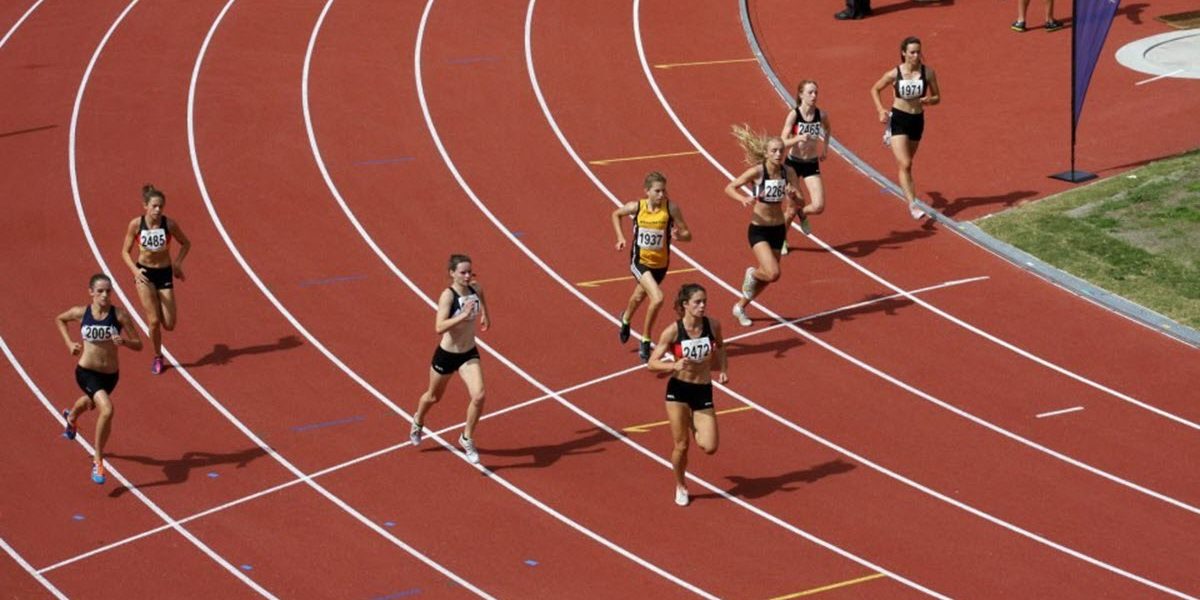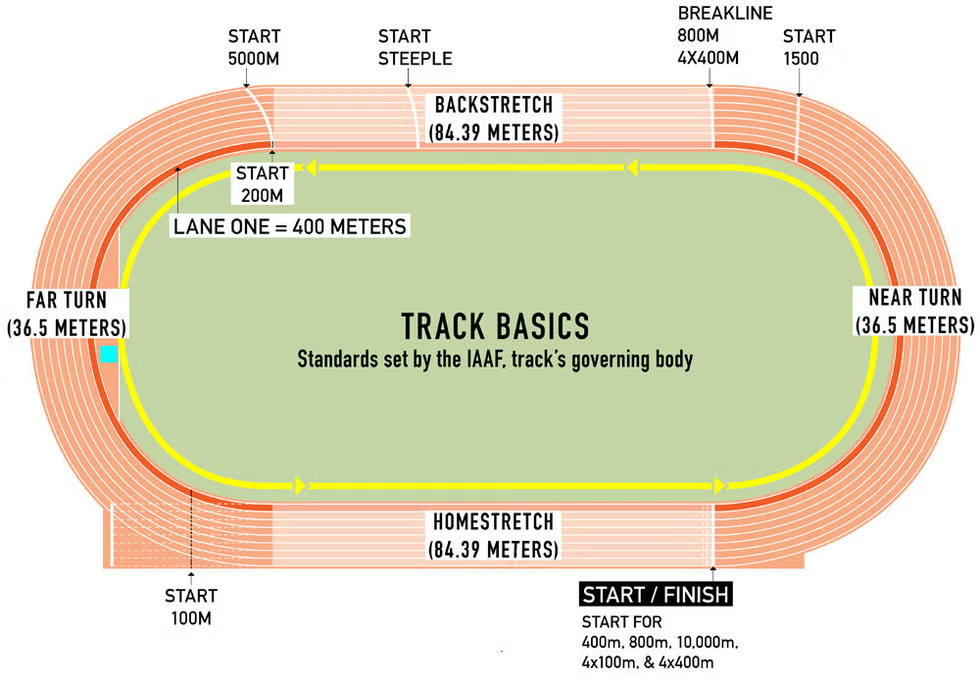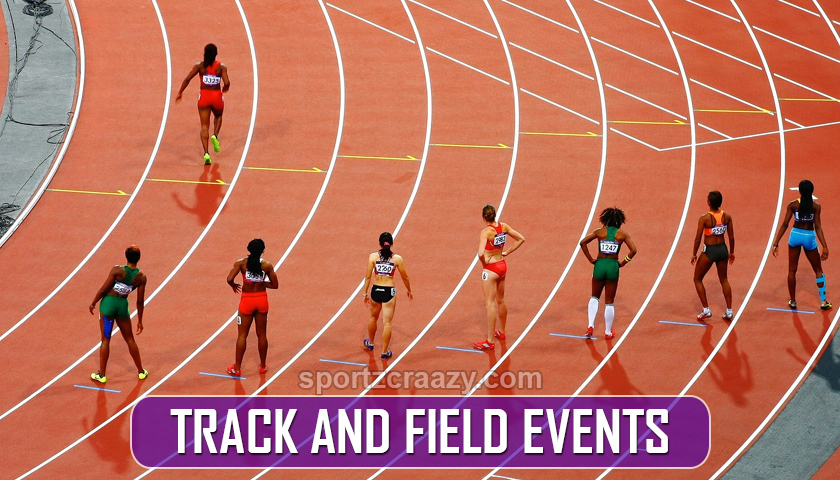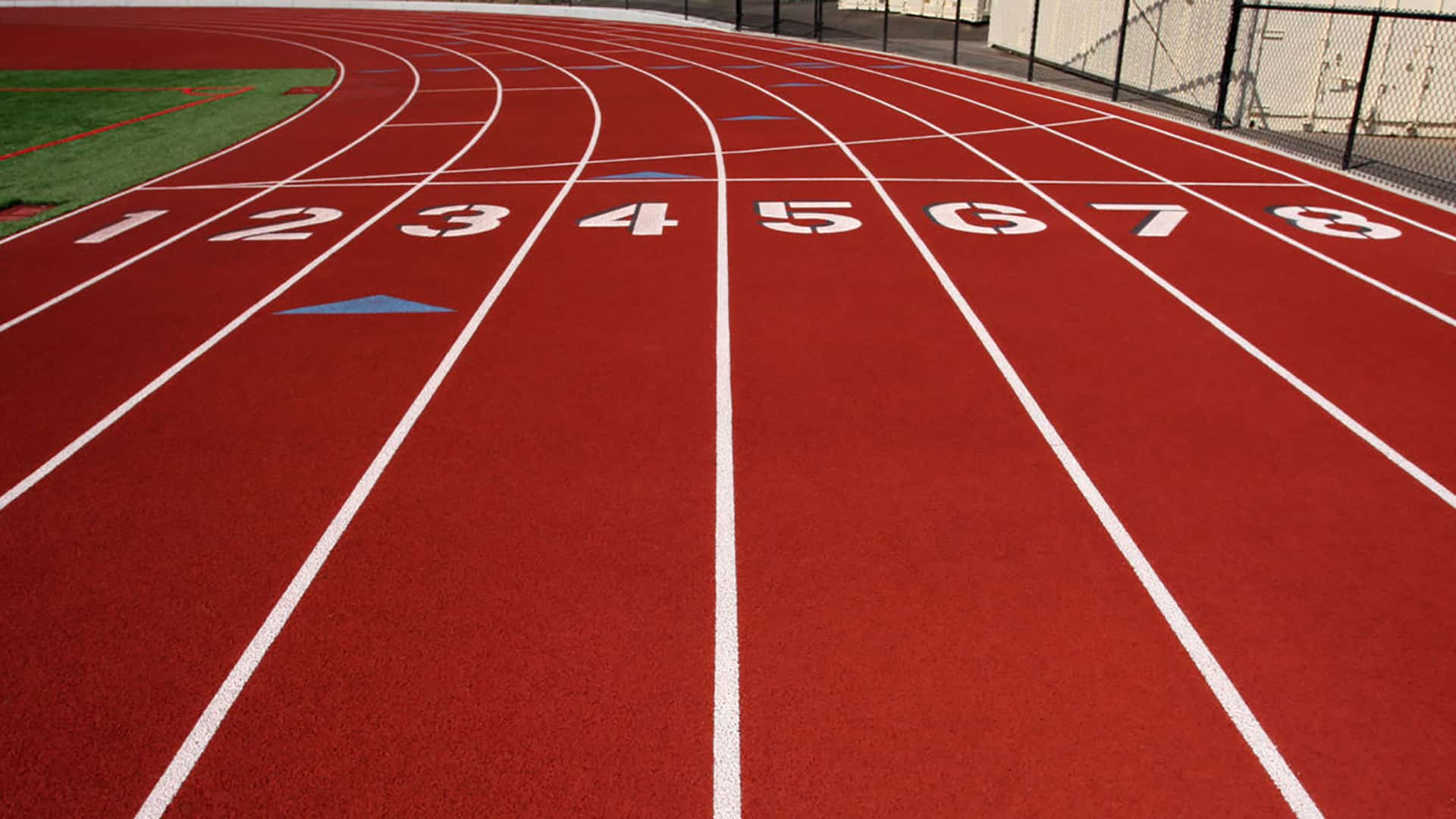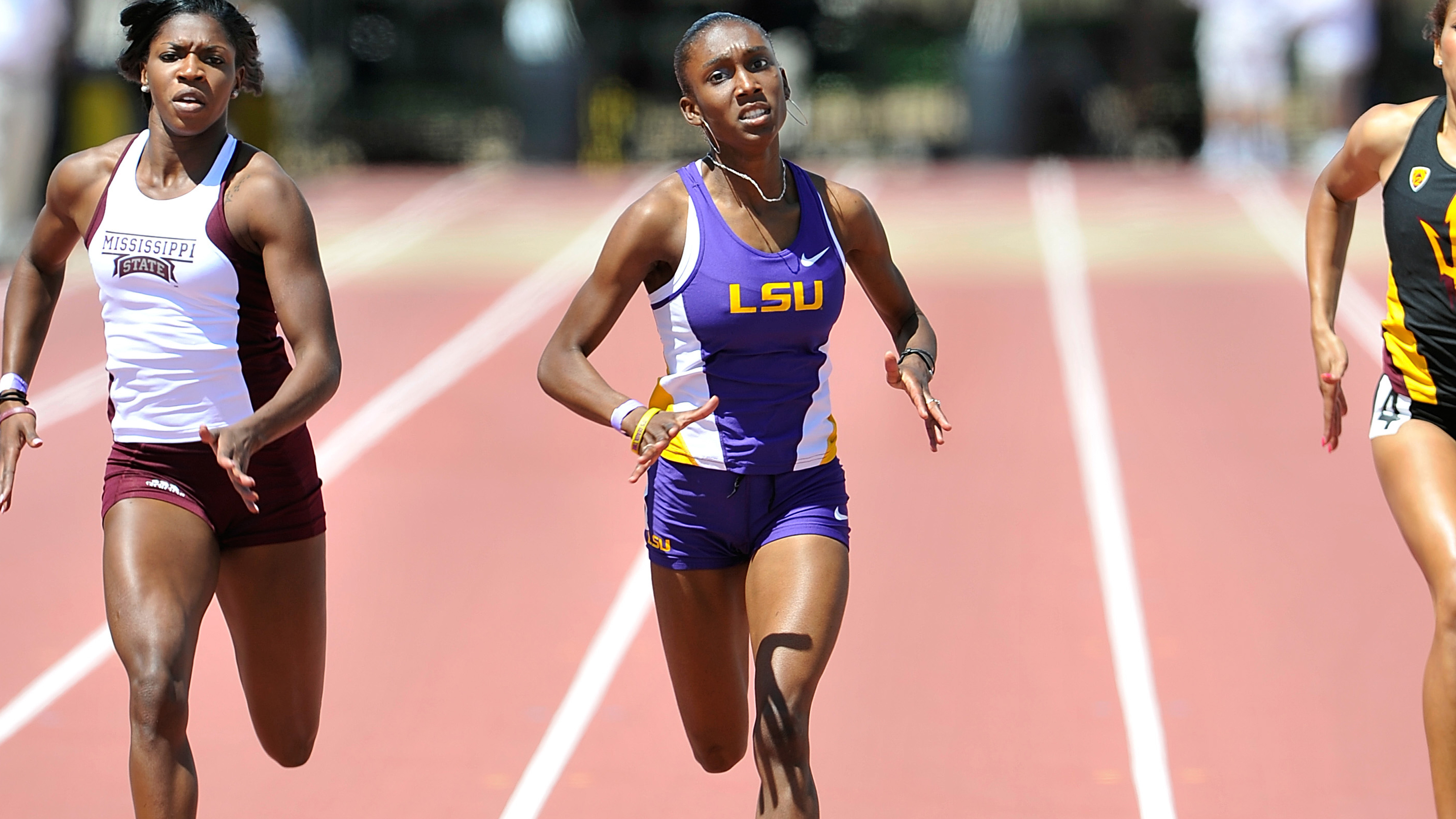An Overview of Track and Field: A Comprehensive Sport
Track and field is a captivating, multifaceted sport that showcases the pinnacle of human athleticism. To truly appreciate the prowess of these athletes, it’s crucial to understand the complexities and diverse disciplines that make up this time-honored competition. Encompassing events on the track, in the field, and on the road, track and field offers a rich tapestry of challenges and achievements for participants and spectators alike.
Athlete Specializations: Diverse Roles in Track and Field
Track and field is a diverse sport, featuring various events that cater to the unique skills and strengths of different athletes. Sprinters, for instance, specialize in short, explosive races that demand raw speed and power. These athletes hone their starting technique, acceleration, and top-end speed to excel in events like the 100m, 200m, and 400m dashes.
In contrast, long-distance runners focus on endurance and pacing, building the stamina required for grueling events like the 5000m, 10,000m, and marathon. These athletes employ strategies to maintain a consistent pace, conserve energy, and outlast their competitors.
Jumpers and throwers, meanwhile, showcase their strength, agility, and technique in events like the long jump, high jump, pole vault, shot put, discus, and javelin. Each of these disciplines requires a distinct set of skills and training methods, with athletes often focusing on improving their power, form, and coordination.
By understanding the diverse roles and specializations within track and field, you can better appreciate the unique challenges and accomplishments of each athlete. This knowledge enriches your viewing experience, allowing you to fully grasp the athletic prowess on display in every event.
Historical Origins: The Ancient Roots of Track and Field
Track and field has a rich and storied history, with its origins dating back to ancient civilizations like Greece and Rome. In these early societies, athletic competitions were held to honor the gods and showcase human strength, agility, and endurance. The first recorded Olympic Games, held in 776 BCE in Olympia, Greece, featured running events that laid the foundation for modern track and field disciplines.
The ancient Romans also embraced athletic competitions, incorporating them into their entertainment culture. In amphitheaters and stadia across the empire, athletes competed in running, jumping, and throwing events, further solidifying the popularity and prestige of track and field.
As these civilizations faded, so too did their athletic competitions. However, the spirit of track and field lived on, inspiring the creation of new events and competitions throughout history. From the medieval games of Europe to the modern Olympic Games, track and field has continually evolved, reflecting cultural shifts and technological advancements while maintaining its core essence as a showcase of human prowess.
By understanding the historical origins of track and field, you can better appreciate the timeless appeal and significance of this enduring sport.
Modern Track and Field: A Global Phenomenon
Track and field has evolved into a modern, global sport, gracing the world stage with its presence in major international events like the Olympics and World Championships. This transformation has been shaped by technological advancements, rule changes, and growing enthusiasm for athletic competition.
The first modern Olympic Games, held in Athens in 1896, marked a turning point for track and field. These games featured a wide range of events, including running, jumping, and throwing disciplines, attracting athletes from around the globe. Since then, track and field has been a staple of the Olympic program, fostering a spirit of international camaraderie and friendly competition.
Technological innovations have significantly impacted track and field, enhancing performance, safety, and fan engagement. From high-tech running shoes and advanced training equipment to electronic timing systems and video review technology, these advancements have revolutionized the sport, enabling athletes to push the boundaries of human performance.
Rule changes have also played a crucial role in shaping modern track and field. Governing bodies like the International Association of Athletics Federations (IAAF) have implemented rules to promote fairness, safety, and inclusivity, ensuring that the sport remains relevant and accessible to a diverse audience.
As track and field continues to grow and adapt, it maintains its status as a premier athletic showcase, inspiring generations of athletes and fans alike.
Training and Conditioning: Preparing for Track and Field Success
Track and field athletes dedicate countless hours to rigorous training and conditioning regimens, honing their skills and preparing their bodies for the demands of competition. A balanced approach, incorporating strength, endurance, flexibility, and mental preparation, is essential for success in any track and field event.
Strength training forms the foundation of any track and field athlete’s conditioning program. Focusing on exercises that target the legs, core, and upper body, athletes build the power and explosiveness required for their respective events. For sprinters, this may involve plyometric exercises and heavy weightlifting, while long-distance runners might emphasize bodyweight exercises and lighter resistance training to improve endurance.
Endurance is another critical component of track and field training. Long-distance runners, in particular, focus on building aerobic capacity and stamina through high-volume, low-intensity running. Sprinters, jumpers, and throwers also incorporate endurance workouts into their training, albeit at lower volumes, to enhance their overall fitness and resilience.
Flexibility plays a vital role in preventing injuries and optimizing performance in track and field. Dynamic stretching, yoga, and other flexibility-enhancing activities help athletes maintain the mobility and range of motion needed for their events. Proper warm-up and cool-down routines, incorporating both static and dynamic stretches, further support injury prevention and overall athletic development.
Mental preparation is an often-overlooked aspect of track and field training. Visualization techniques, mindfulness practices, and goal-setting exercises help athletes develop the mental fortitude and focus necessary for high-pressure competition. Cultivating a strong mental game enables athletes to perform at their best, overcoming adversity and adversity and achieving their goals.
By understanding the importance of a balanced training and conditioning approach, you can better appreciate the dedication and discipline required of track and field athletes as they strive for success in their events.
Competitive Strategy: Mastering the Art of Track and Field
Track and field events demand a unique blend of physical prowess, mental fortitude, and strategic acumen. Athletes employ various tactics, techniques, and pacing strategies to gain a competitive edge and maximize their performance in high-pressure competitions.
In sprint events, reaction time and starting technique are crucial. Runners with a quicker response off the blocks often gain an early advantage, which can be challenging to overcome in short races. Proper starting mechanics, including a strong drive phase and efficient transition to top speed, can significantly impact an athlete’s success in these events.
Middle and long-distance runners must consider pacing and race strategy when competing. Monitoring heart rate, perceived exertion, and split times enables athletes to maintain a sustainable pace and conserve energy for critical moments in the race. In tactical events like the 1500m or 5000m, athletes may employ surges, changes of pace, or strategic positioning to outmaneuver their opponents and secure victory.
Jumpers and throwers must also consider technique and strategy when competing. In jumping events, athletes focus on optimizing their approach, takeoff, and flight trajectory to achieve maximum distance or height. For throwers, mastering the biomechanics of their chosen implement—such as the shot put, discus, or javelin—is essential for success. Proper technique, combined with mental preparation and visualization, can significantly impact performance in these events.
By understanding the various strategies and tactics employed by track and field athletes, you can better appreciate the nuanced art of competition and the skill required to excel in this diverse and challenging sport.
Challenges and Controversies: Navigating the Complexities of Track and Field
Track and field, like any sport, faces a variety of challenges and controversies that impact its athletes, events, and overall reputation. Addressing these issues requires a nuanced understanding of the sport and its unique complexities.
Performance-enhancing drug use is a significant concern in track and field, as it undermines the integrity of competition and jeopardizes the health of athletes. Anti-doping regulations and testing protocols have been implemented to detect and deter drug use, but the issue persists. Balancing the need for strict enforcement with athlete privacy and support remains an ongoing challenge for the sport’s governing bodies.
Gender equality is another critical issue in track and field, as it strives to provide fair and equitable opportunities for all athletes. Ensuring equal representation, prize money, and media coverage for male and female athletes is essential for the long-term health and growth of the sport. Addressing gender-based stereotypes and biases within the sport requires a collective effort from athletes, coaches, officials, and fans alike.
Event safety is a paramount concern in track and field, as athletes often push their bodies to the limit in pursuit of athletic excellence. Ensuring safe and well-maintained facilities, adhering to established safety protocols, and promoting open communication between athletes, coaches, and officials can help mitigate potential risks and protect the well-being of all participants.
By acknowledging and addressing these challenges and controversies, track and field can continue to evolve and thrive as a diverse, inclusive, and inspiring sport for athletes and fans around the world.
The Future of Track and Field: Emerging Trends and Innovations
Track and field, like any sport, is constantly evolving, adapting to new trends, technologies, and societal shifts. As the sport continues to grow and change, several emerging trends and innovations have the potential to reshape the landscape of track and field in the coming years.
The integration of technology into training and competition is one such trend. Wearable devices, motion capture systems, and virtual reality tools are being used to analyze athlete performance, optimize training programs, and enhance the fan experience. As technology continues to advance, these tools will likely become even more sophisticated, offering athletes and coaches unprecedented insights into the intricacies of track and field events.
Data analytics is another area of growth in track and field. By analyzing athlete performance metrics, coaches and analysts can identify trends, patterns, and areas for improvement. This data-driven approach to training and competition has the potential to revolutionize the sport, enabling athletes and teams to make more informed decisions and achieve higher levels of performance.
Changing demographics will also impact the future of track and field. As the global population becomes increasingly diverse, the sport must adapt to meet the needs and interests of athletes and fans from a wide range of cultural backgrounds. Embracing inclusivity, promoting diversity, and fostering a welcoming environment for all participants will be essential for the long-term success of the sport.
By staying abreast of these emerging trends and innovations, track and field can continue to thrive as a dynamic, engaging, and relevant sport for athletes and fans around the world.


